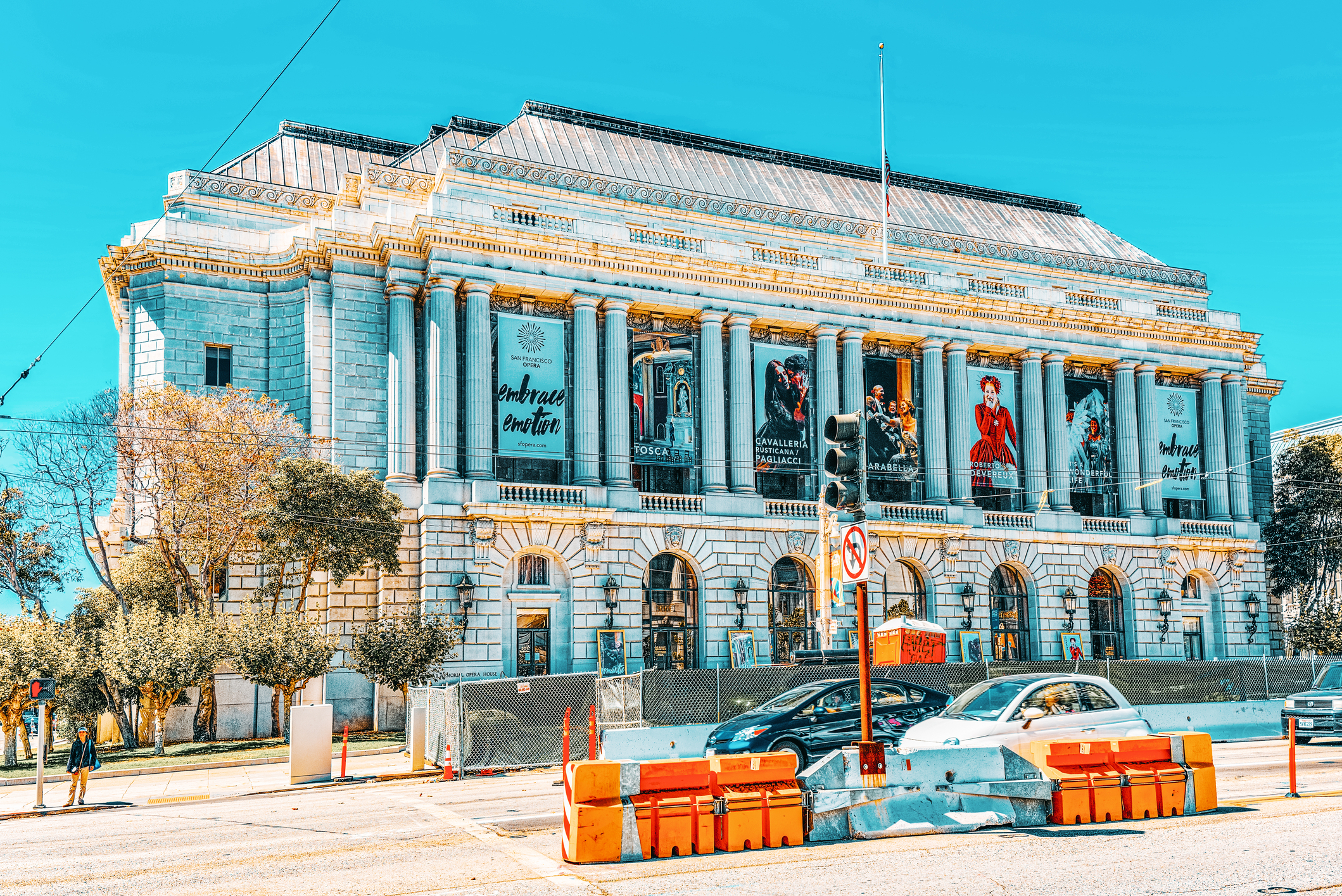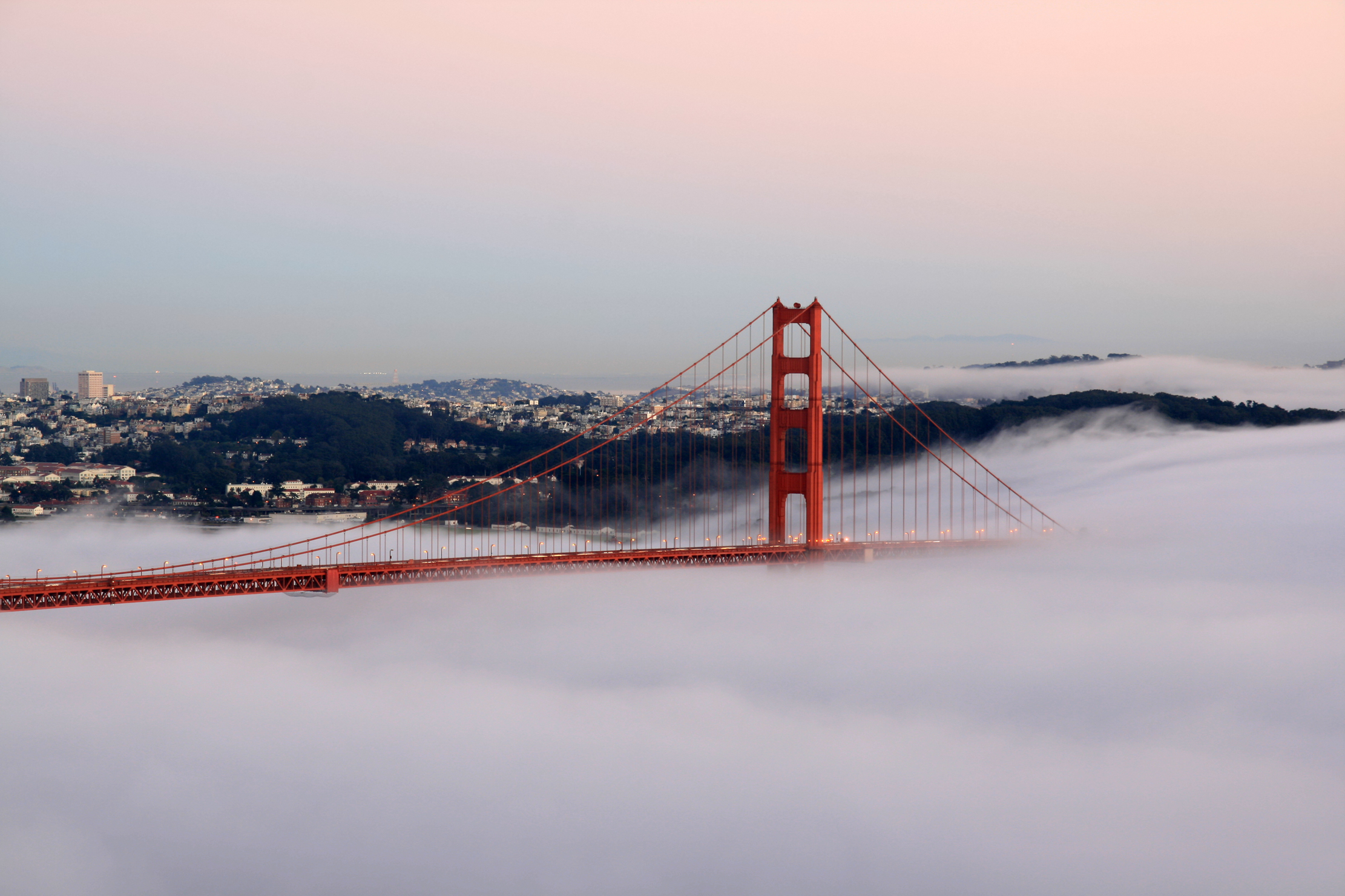The San Francisco Opera opens its 2014-2015 season, the company’s 93rd, on September 5th, with a new production premiere of Bellini’s masterwork Norma, starring Sandra Rodanovsky in the role made famous by Maria Callas, and conducted by SFO music director Nicola Luisotti.
The season runs in two segments, one from September through December 2014, the second from June to July 2015. The works selected for the coming year reflect a company drawing from its roots while also breaking new ground. The list ranges from revivals of SFO classics including Puccini’s La Boheme, Rossini’s La Cenerentola, and Verdi’s Un Ballo in Maschera, to new productions of older works in the company repertoire, such as Berlioz’s Les Troyens and Bellini’s Norma, company premieres (Floyd’s Susannah and Handel’s Partenope), and a world premiere of Marco Tutino and Fabio Ceresa’s La Ciociara.
Looking further ahead, the company also announced a completely new commission for a future world premiere set for Fall 2016, of Dream of the Red Chamber, by composer Bright Sheng and playwright/librettist David Henry Hwang. SFO delivers these masterworks with the highest international quality of talent, placing it on a level with the world’s greatest opera companies. Sondra Rodanovsky in the title role of Norma is being hailed as a once in a generation voice.
Set in ancient Roman Gaul, Norma is a tragic story of love and betrayal between a Druid high priestess and the Roman proconsul. The Roman setting of the opening evening’s performance will extend across the street to San Francisco’s magnificent city hall for the annual Opera Ball, a glamorous black tie fundraiser marking the beginning of the opera season as well as the social season for high society events overall. This year, following the theme Passione, guests will be escorted down the red carpet to a cocktail reception by Roman Legionnaires, followed by a lavish banquet in Julius Ceasar’s imperial palace.
Consistent with today’s association of opera with highbrow culture and the nature of support for the classical performing arts in the United States, the Opera Ball’s $1500 ticket price makes this event the preserve of the few. This belies the more egalitarian origins of the San Francisco Opera as well as its historic appeal across the social spectrum. When Gaetano Merola established the San Francisco Opera Association in 1923, the financing plan that underwrote the venture was unique in not drawing from the generosity of a few wealthy individuals, but instead on $50 donations from 2,700 founding members.
Before the city had its own opera company, particularly in the early days, opera of one sort or another could be found in several theatres across the city. San Francisco was in love with opera from the first rough and tumble days of the Gold Rush, when shopkeepers, tycoons, miners, and dance hall girls alike flocked to hear the latest works, and simple local fishermen and peddlers could be counted on to augment the chorus as needed. Italian operas enjoyed particular favor in those early years. The first opera ever staged in San Francisco was Bellini’s La Sonnambula, produced by the visiting Pellegrini Opera Troupe in 1851. Donizetti’s Daughter of the Regiment topped the list as the most frequently performed work of this period. As one commentator put it, “no city in the New World was more eager to hear the latest importation from Italy than the turbulent new town by the Golden Gate”.
San Francisco’s Opera house is similarly unique, in that the building belongs to the city, and was built with public funds. The first SFO performances in the city were staged in the Civic Auditorium, where major efforts to rework the space with ingenious seating and staging were nevertheless not adequate to the standards of a world-class company. With support from the American Legion and a bond measure passed by the voters, construction began in 1926 on the War Memorial Opera House.
A tribute to the fallen soldiers of the World War I, it is widely regarded as one of the world’s finest opera edifices, and is the first municipally owned opera house in the nation. The opening performance, in 1932, was Puccini’s Tosca
Perhaps the single most public opera moment in San Francisco history occurred on Christmas Eve, 1910, when Florentine soprano Luisa Tetrazzini, who made her operatic debut here in 1905 and went on to great success in New York and London, returned after a dispute with Roger Hammerstein, saying famously “When they told me I could not sing in America unless it was for Hammerstein, I said I would sing in the streets of San Francisco, for I knew the streets of San Francisco were free.”
On a specially built platform at Lotte’s Fountain on a still quake-ravaged Market Street, she sang for 30 minutes, with no microphone, to a rapt crowd – of 250,000.
Elizabeth Vasile is an urban geographer, independent scholar, and consulting public historian. She writes about the changing cultural landscapes of cities and regions, and creates public history programs for communities and institutions.






























